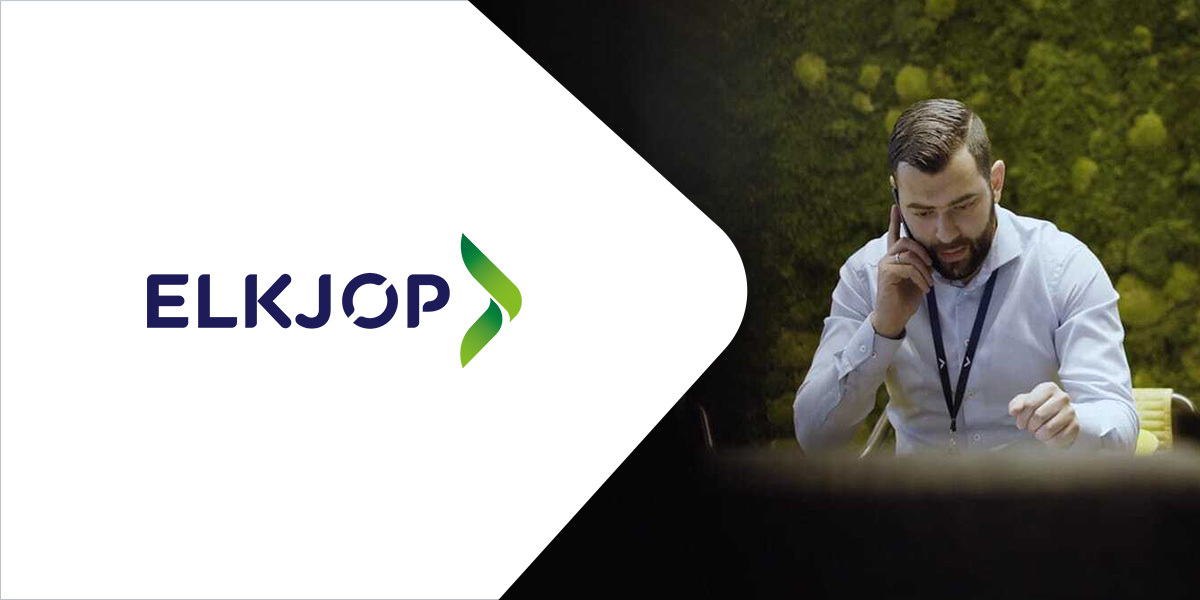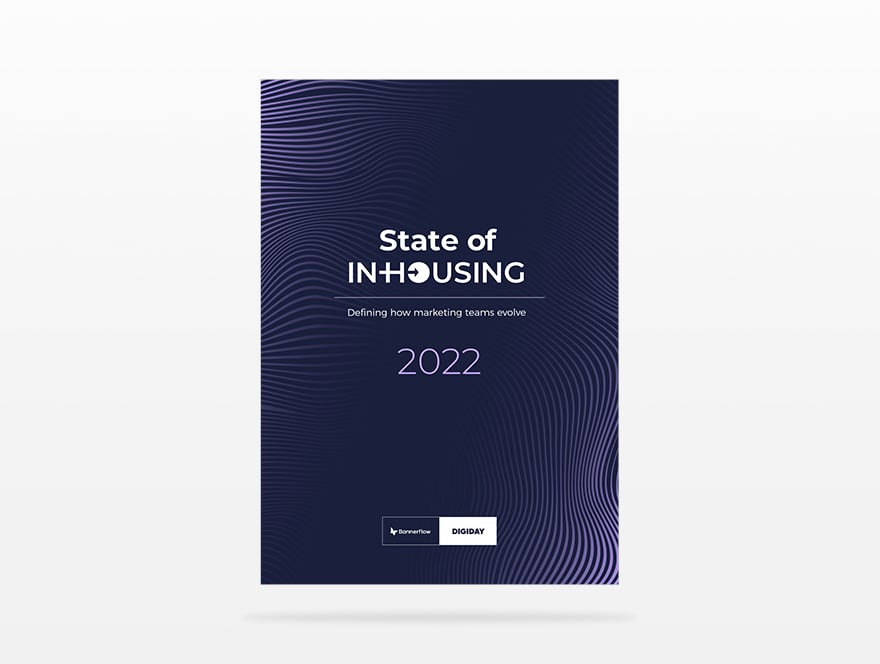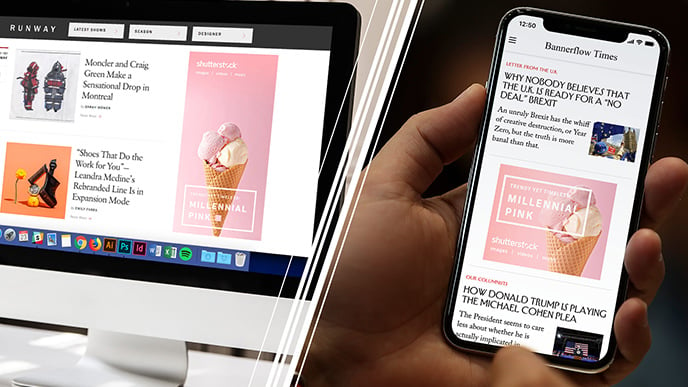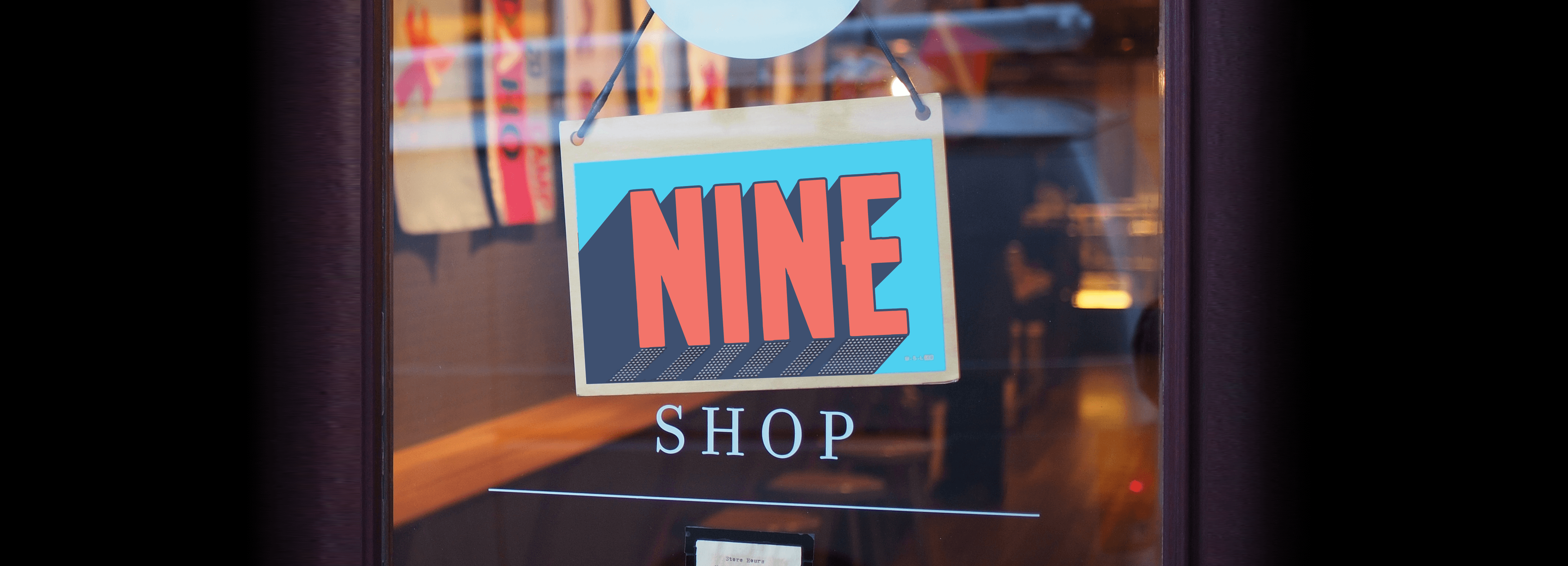Elkjøp is the leading consumer electronics retailer in the Nordic region. We spoke to Marketing Technology Manager, at Elkjøp Nordic, Thomas Sourour, about spearheading the company’s move to an in-house marketing strategy.
Making in-house a success across countries
Elkjøp is the largest consumer electronics retailer in the Nordic countries, with over 400 stores across six countries, and 11000 employees. Headquartered in Oslo, Norway, specific marketing functions are performed both centrally and regionally – making it a complex operation.
Thomas Sourour explains the challenges and benefits of Elkjøp Nordic’s move to in-house marketing.

How long have you been working with in-house marketing?
Thomas Sourour, Marketing Technology Manager, Elkjøp Nordic: I started working with Elkjøp Nordic in September 2017. We were in the middle of a transition period; we were growing in numbers and had newly created a new in-house department called “Team Brand & Digital”. Team Brand consists of various divisions such as, Brand, Marketing and Content, CRM/Loyalty and Insight and Analytics, and so it only made sense to collect those divisions under one unifying umbrella.
The various divisions within Team Brand & Digital now work less in silos and more as a larger team, and by sharing the same office space we can also take advantage of the synergies between the different teams within Team Brand.
At this point, we are gradually in-sourcing some of our marketing production. One good example of this bringing leaflet production in-house in 2017, as well as all of our Joint Marketing production for internal sites. Traditionally our leaflets had been produced by an external agency on a weekly basis with over 80 people (internal and external resources) involved in the process. Now, we use a cloud solution to produce our own leaflets. This has significantly improved speed-to-market and cost efficiencies. We significantly reduced costs and time spent on leaflet production, which can now be used on what really matters – our customers.
Where are you in your current in-house journey?
Thomas Sourour: At Elkjøp, we want to get as close to the customers as possible. This is so we can get to know them better and deliver great value. We are already doing great work, and within our Brand & Digital domain have our own content creative team, copywriters, graphic designers and a mix of marketers. With that said, we do work with external agencies for parts of our marketing production.
It’s a process, moving in-house. First of all, it is crucial that everyone is onboard and ready for the challenge. It is also very important that you have the correct tools, processes and employees with the right skill set in place to handle in-housing your marketing production. You can’t just switch! We work in the retail industry and it is highly competitive, things move rapidly and we have many campaigns running all the time. Therefore we have had to do quite a bit of research to get it right.
What are the challenges when it comes to in-house display advertising?
Thomas Sourour: There are certainly a few challenges. However, we at Elkjøp pride ourselves on our “can do” mentality. We always look for new and innovative ways of working to increase efficiency and deliver better value to our customers. For example, scalability has been one of the challenges. However, this has been solved by utilising innovative technology to automate parts of digital ad production, such as having the correct integrations to enable efficient feed based display advertising.
There are a few challenges when it comes to in-house display advertising – but none of which we at Elkjøp couldn’t overcome.
One of our main focus areas in Elkjøp is to be relevant to the consumer so that we can deliver good value on every touch point with our customers. One of the biggest challenges when it comes to display advertising is to ensure that we reach the right people, with the right messaging, at the right time.
Another challenge is that customers are getting more and more impatient. You have less time to capture customer attention. For example, if you do not have the “correct” banner, at the right time, then you might end up with a high CPM cost and little value.
An additional challenge is finding the resources to create all the material we want to advertise. Being the largest consumer electronics retailer in the Nordics we have quite a lot to do! Indeed, it is not always easy to find the time to complete all productions. You need a healthy balance between what is in-housed and what is better being done by a creative partner, such as DDB Nord.
How have you tried to overcome challenges in ad production?
Thomas Sourour: As of now we differentiate between Nordic production and local production. Local display ad production is taken care of by marketing teams in Denmark, Finland, Norway and Sweden. Each of these teams run tactical local campaigns, for example: price and product campaigns.
The way we have solved some production issues is that in Denmark, Finland and Sweden we use the Bannerflow platform to produce display creatives. We always want to do more ourselves as the more we do the more control we have and the closer we get to our customers.
What are the biggest barriers to moving in-house in your opinion?
Thomas Sourour: One of the biggest challenges is that the organisation has to be ready for it – you have to have stakeholder buy-in. If you’re not ready to go digital then most likely it’s not going to work. The organisation must have the mentality that digital is the right way to go, and in-housing in areas where we see fit is important.
Then you have to get the best resources – that’s another challenge. Who does what? Do we have the right skills? Should we hire people? All are questions you need to be prepared to answer. Then you need to calculate the costs versus benefit and discuss that with management.
Lastly, do you have the right processes and tools? I would include knowing who does what and establishing the right team as a process too. While, just getting tools to work seamlessly together can be an issue.
Was finding the right technology and tools an issue?
Thomas Sourour: It was an issue two or three years ago, but now we have become more mature. It’s easy to get a tool but it’s harder to get the right tool and that takes time. You have to research for the best tool, test it, and ensure that what you implement into your organisation does not become yet another system your colleagues have to work with.
Furthermore, people aren’t going to use technology unless they see the benefits. Having a good and detailed onboarding plan for a new tool is essential.
Can all organisations make the transition to in-house marketing?
Thomas Sourour: Not all companies can go in-house, either because they don’t have the knowledge, expertise, resources or the data. It’s all about getting to the point where you have the expertise internally and can make the right decisions regarding processes and tools. You need to be 100% sure over the what, how, and when to make the move in-house a success.
How important is in-house to your organisation?
Thomas Sourour: In-house and marketing automation are incredibly important. We need to achieve greater efficiency and long-term cost reduction. And with large international players entering the nordic markets we can’t afford to have additional costs. Producing display advertising more efficiently frees up time to focus on what really matters, and that is creating amazing experiences for our customers.
Any money saved we focus back onto our customers, whether that is through better customer guarantees, or more creative campaigns. We need to be more efficient and do more of everything. This is what all the biggest retailers are now doing and it’s our most important KPI.
Are you confident of bringing all marketing functions in-house in the long term?
Thomas Sourour: I think on the creative side we will still use creative agencies. Creative agencies have a lot of experience and market knowledge. They know what works and how certain segments of customers operate. They can do it fast as well, especially if you use an agency that knows your brand. We will 100% bring ad production in-house but will still need assistance with our creative concepts.
Read Bannerflow’s ultimate guide to In-house Marketing
Want to know more about in-house marketing? Learn everything you need to know about in-house marketing with Bannerflow’s Ultimate Guide. From what it is, to the benefits and barriers, to exclusive facts and figures – get up to speed with the biggest movement to hit marketing this century.
Or, if you would like to find out how the Bannerflow can help support your transition to in-house marketing, then get in touch, or apply for a demo, now!








